200amp vs 300amp
aj33
11 years ago
Featured Answer
Sort by:Oldest
Comments (24)
aj33
11 years agoRelated Professionals
Aurora General Contractors · Linton Hall General Contractors · Marinette General Contractors · Rolling Hills Estates General Contractors · Stoughton General Contractors · Welleby Park General Contractors · Joppatowne General Contractors · Travilah General Contractors · Palo Alto Solar Energy Systems · Western Springs Solar Energy Systems · South Whittier Solar Energy Systems · Garden Grove Home Automation & Home Media · Jamaica Plain Home Automation & Home Media · Port Washington Home Automation & Home Media · Grand Haven Home Automation & Home MediaUser
11 years agopoobaloo
11 years agobus_driver
11 years agoUser
11 years agogreg_2010
11 years agoaj33
11 years agogreg_2010
11 years agobrickeyee
11 years agoaj33
11 years agoaj33
11 years agomm11
11 years agoxedos
11 years agoaj33
11 years agoMarc Minor
4 years agomtvhike
4 years agolast modified: 4 years agoRon Natalie
4 years agomtvhike
4 years agoDavidR
4 years agorwiegand
4 years agoRockey Bradford Jr
2 years agoShane Atkinson
10 months agoNdiana Usen
10 months ago
Related Stories
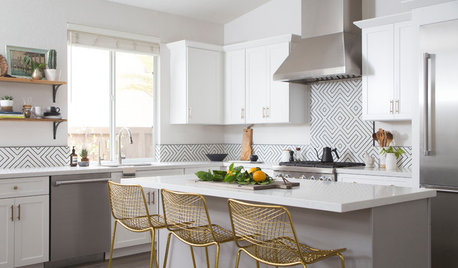
KITCHEN OF THE WEEKBlack and Brass Amp Up a White Kitchen
Wire barstools, a graphic tile backsplash and wood shelves add texture to the reconfigured modern space
Full Story
BEDROOMSKids' Bedrooms: Amp Up the Playfulness
Create an Inspiring Child's Room With Color, Graphics and a Dreamy Ceiling
Full Story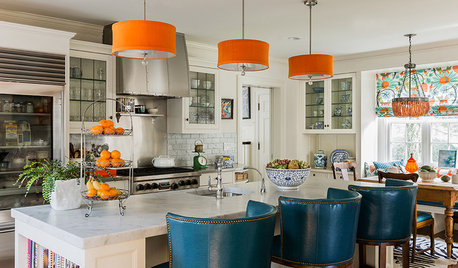
LIGHTINGAmp Up Your Room With Colorful Lampshades
Make a big impact minus the big cash fork-over by swapping white shades for ones in headier colors
Full Story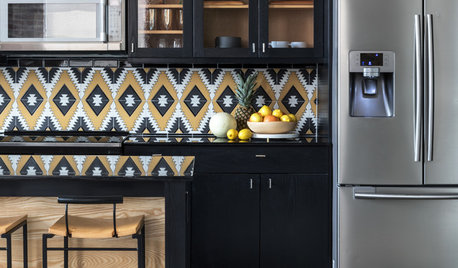
TILE6 Ways to Amp Up Your Kitchen Style With Patterned Tile
A designer shares how to use patterned tile in the kitchen, along with tips for making your installation a success
Full Story
COLOR PALETTESColor Play: Aqua Amps Up a Classic Blue-and-White Palette
A designer shares his secrets for making a traditional living room feel current
Full Story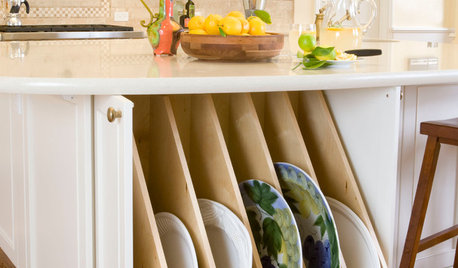
KITCHEN DESIGNKitchen Confidential: Amp Up Your Storage With Pullouts
See 12 types of cabinet pullouts that make your cooking and cleaning items easier to find and use
Full Story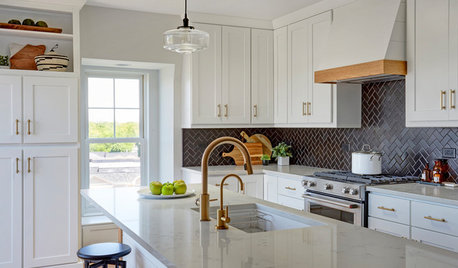
KITCHEN DESIGNBefore and After: 6 Kitchen Makeovers in 200 Square Feet or Less
See how pros used new layouts and finishes to make these kitchens work better for homeowners
Full Story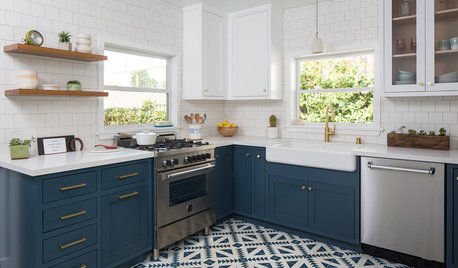
KITCHEN MAKEOVERSBefore and After: 6 Kitchen Makeovers Under 200 Square Feet
Savvy layout changes and beautiful design choices result in kitchens that work better for their households
Full Story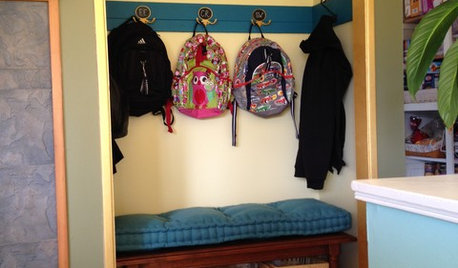
MUDROOMSFrom Coat Closet to Mudroom for Less Than $300
Clever DIY moves give a family of 5 the drop-off space they needed
Full Story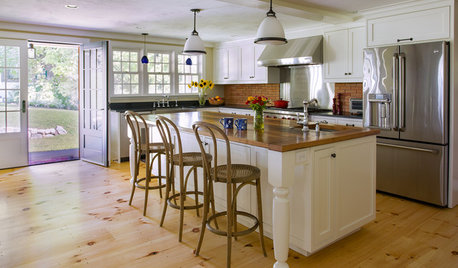
HOUZZ TOURSHouzz Tour: A 300-Year-Old Home Adapts to a Modern Family of 7
A new addition adds much-needed square footage to a 1750s home in Massachusetts
Full StoryMore Discussions










poobaloo